Optimise your retail store designs, layouts and floor plans
Access our accurate retail space planning services to manage & optimise the layout and floor space in your stores..
Retail planning & space optimisation
The retail sector is already experiencing dramatic changes due to the coronavirus outbreak. Adidas’ initial signals from China are predicting a first quarter sales drop of $1.14 billion and Starbucks warned investors of an estimated 50% decline in same-store sales in the region. However on the upside, following store traffic falling by up to 80% in China, so called ‘revenge shopping sprees’, are helping the luxury goods industry recover post virus.
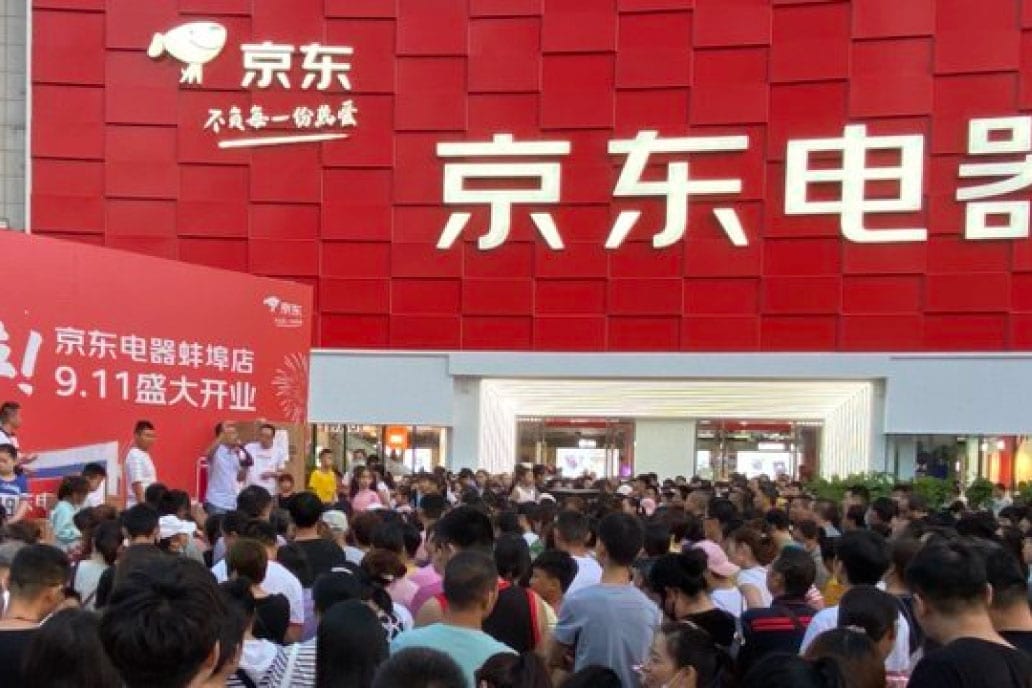
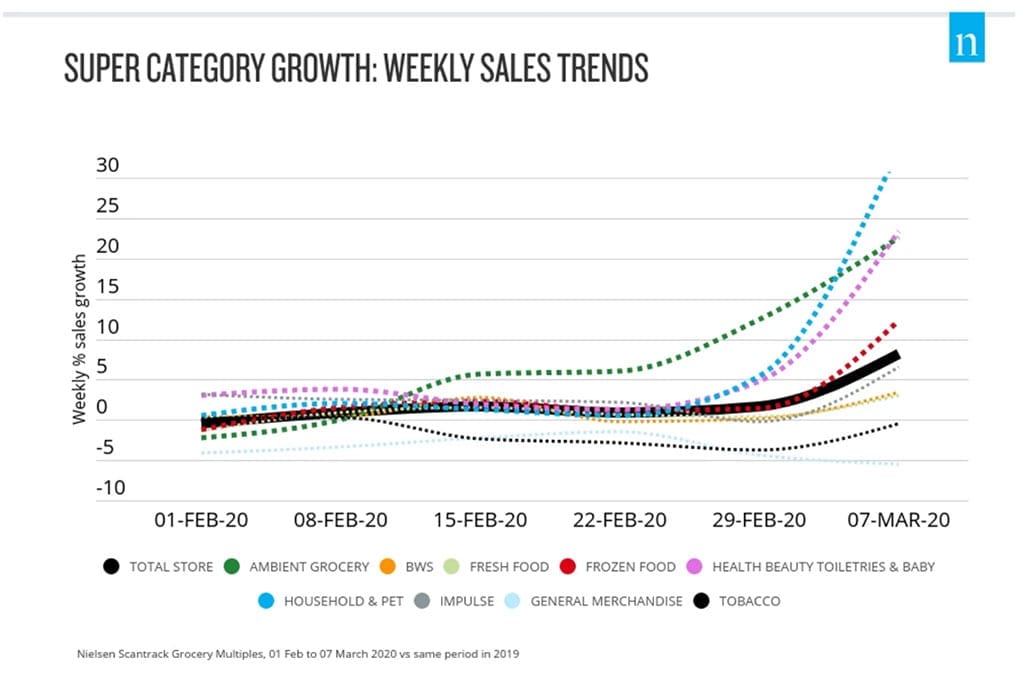
Closer to home, UK Industry figures published by Springboard revealed a 21.7% collapse in visits to the shops in the UK w/c 16 March based on the previous seven days, however, the British Retail Consortium has stated “there is £1bn more food in people’s houses than there was three weeks ago” following the panic buying.
In addition to the stock piling, according to the BBC grocery retailers are seeing higher demand as customers change habits, particularly in London, where a quarter of all meals are normally eaten outside the home. The supply chain was not prepared for the sharp increase in sales, which amounted to pre-Christmas style demand, which is normally prepared for three to six months in advance.
Supermarkets have quickly implemented measures to help create some order in the chaos, providing priority shopping slots for the elderly and NHS staff and employing new measures to assist social distancing by limiting the number of people in store, marking the shopfloors to show appropriate spacing, reducing the number of tills in operation and encouraging the use of contactless payments.
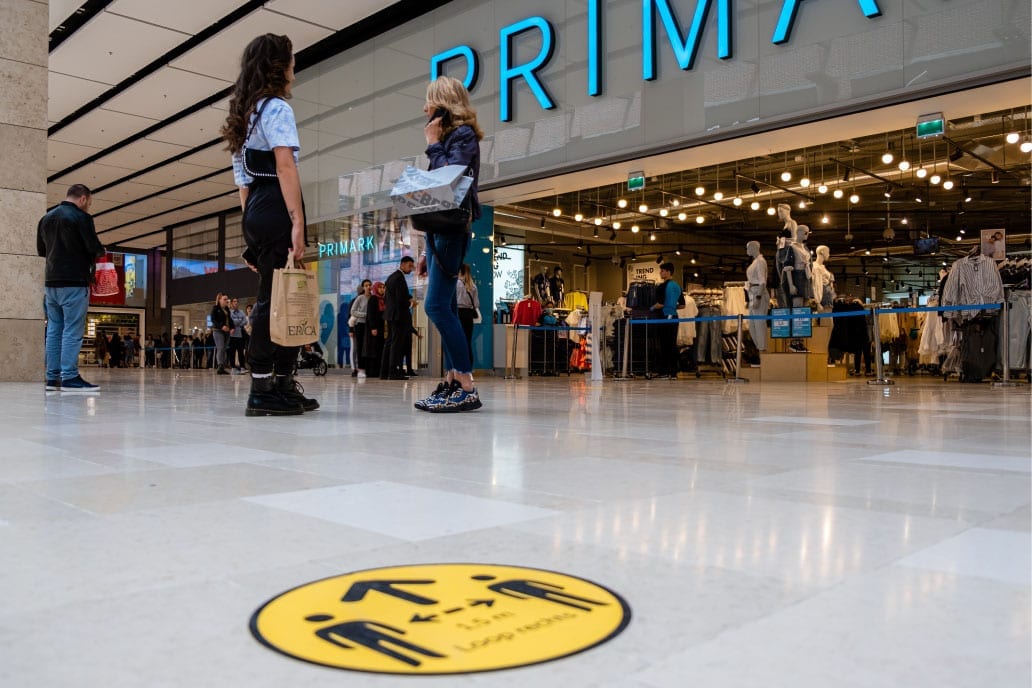
Since the 26 March, all non-essential UK shops have closed until further notice. Analysts at GlobalData predict that this could wipe £11.1 billion off fashion sales in 2020, equivalent to the combined annual clothing sales of the three market leaders Primark, Marks & Spencer and Next.
However, retailers with an online presence have been able to divert focus onto their e-commerce businesses and with customers stuck at home, there’s more time for online purchases and streaming services.
Providing an additional flexible store planning resource, CADS updates the plans for all 352 branches, enabling Waitrose partners, contractors and suppliers to deliver timely projects in store.
Read case studyAll retailers want to open their doors as soon as restrictions are lifted, while preparing to adapt for any guidelines that are imposed. Here are some of our predictions for the future of retail post-coronavirus:

Retailers may soon be expanding on the social distancing measures they’ve already taken. This may come in the form of widened or flexible width aisles impacting the number and range of products on display. Customer flow will also be managed strictly, as shown in the latest Tesco TV adverts, using the Ikea store design model assigning a specific route to all shoppers.
Supermarkets may also have to introduce stricter rules on fresh produce. Plastic packaging may also make a comeback to protect food from contamination from an infected shopper or customers may be asked to wear gloves when handling the fresh produce, only touching what they intend to buy. Protective screens have already been introduced at tills and counters and these may be extended to cover fresh produce to reduce the spread of germs. Alternatively even tighter restrictions could be introduced where staff directly serve produce to customers. A return to the traditional grocery store!
Fashion retailers are likely to introduce floor marking around displays to ensure infection is not spread through garments including a ban on physically trying on clothes. This would be a major concern for the sector, as according to retail consultant Paco Underhill 71% of customers who try clothes on make a purchase. an opportunity for Smart Mirrors and Augmented Reality as well as the introduction of self-checkouts for fashion as we already do in grocery.
The supply chain is being tested by the world-wide impact of the Coronavirus. In some countries production of food has been severely impacted by worker illness and national lockdowns resulting in shortages from some countries and opportunities for others. The supermarkets are responding, reducing product ranges resulting in increased sales of the selected products. However there are concerns that the disrupted supply chains will result in huge volumes of wasted food.

Restaurants and pubs will have to distance customer seating and use clearly marked entrance and exit ways to ensure safe social distancing at all times. However, this will majorly affect the number of covers a restaurant or pub can serve, reducing profitability. To overcome this, innovative landlords and owners may turn to take-out opportunities or increasingly optimise their outdoor spaces.
Leisure facilities such as gyms and swimming pools will need to practice incredibly high standards of hygiene when allowed to reopen. Damp, hot areas like gyms and pools are prime areas for germ cultivation, therefore measures will need to be put in place to accommodate social distancing. It may even be so strict that two people are allowed in the gym area or changing rooms at a time, or conduct screening checks before entry.
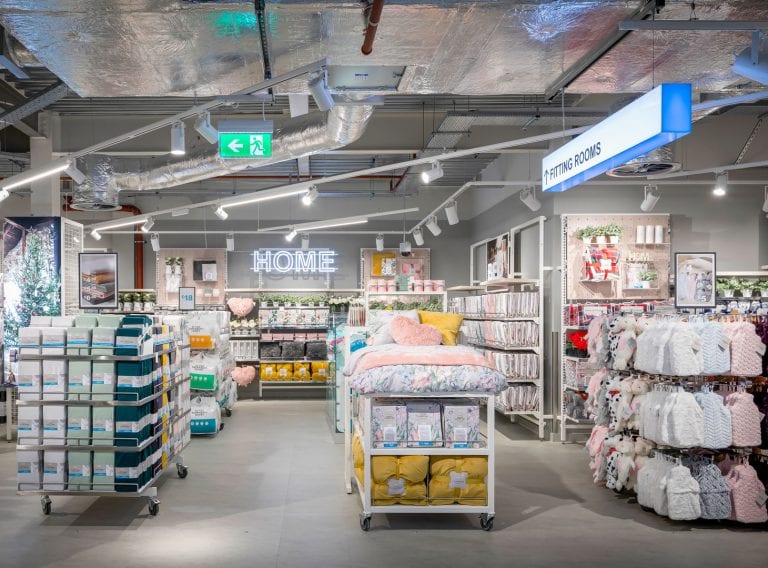
Access our accurate retail space planning services to manage & optimise the layout and floor space in your stores..
Retail planning & space optimisation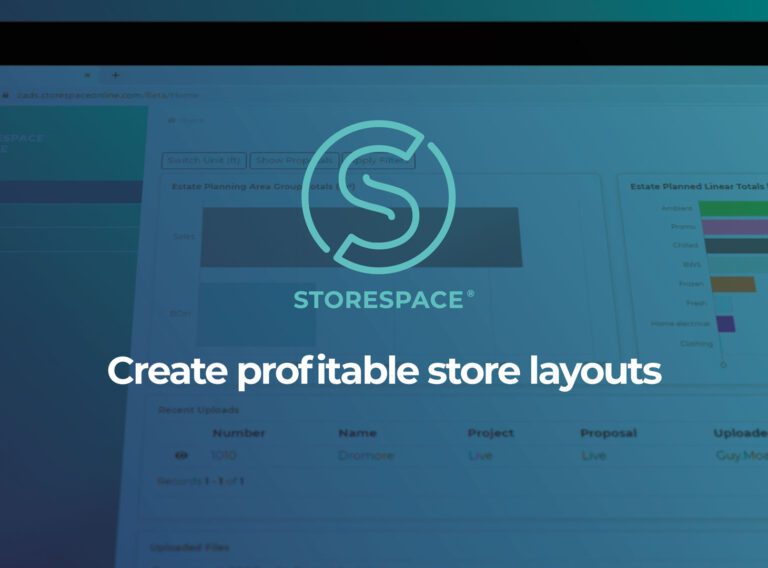
StoreSpace® is the intuitive AutoCAD-based retail space planning software that will enable you to improve the profitability of your stores.
Retail planning software